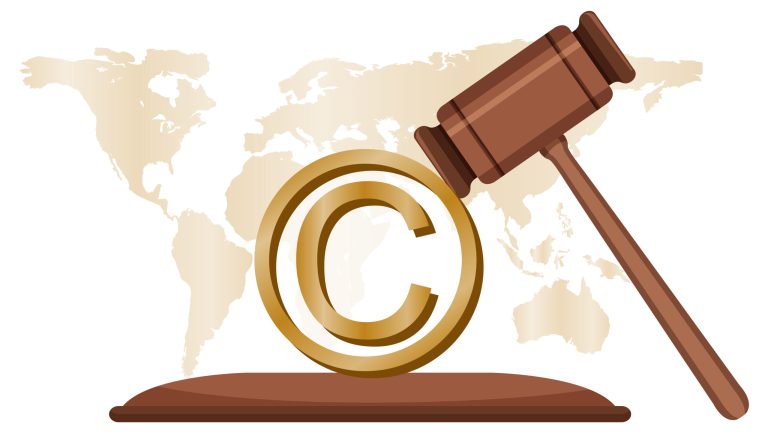
In today’s innovation-driven world, protecting your unique invention or idea is crucial. A patent provides legal protection, giving inventors exclusive rights to their creations for a certain period of time. However, navigating the patent process can be complex, requiring a deep understanding of both the legal framework and the steps involved. This article walks you through the patent process, from the birth of an idea to securing intellectual property rights.
What is a Patent?
A patent is a legal document granted by a government authority that provides the inventor exclusive rights to produce, use, or sell their invention for a set period, usually 20 years. Patents are crucial for fostering innovation, as they offer inventors the opportunity to protect their work from unauthorized use, ensuring they can benefit commercially from their invention.
Types of Patents
Before diving into the process, it’s essential to understand the types of patents available:
- Utility Patents: These are the most common patents and cover new inventions or functional improvements to existing products, processes, machines, or compositions of matter.
- Design Patents: Protects the ornamental design or appearance of an object, rather than its functional aspects.
- Plant Patents: Granted for new and distinct plant varieties that have been asexually reproduced.
Step 1: Refining the Idea
Developing the Invention

The first step in the patent process is refining your idea or invention. It’s important to fully develop the concept, ensuring that it is both innovative and functional. During this phase, inventors often create prototypes, test the invention, and document the development process thoroughly.
Ensuring the Idea is Patentable
Not all ideas can be patented. For an invention to qualify for a patent, it must meet the following criteria:
- Novelty: The invention must be new and not previously known to the public.
- Non-obviousness: The invention must not be an obvious improvement on existing products or technologies.
- Usefulness: The invention must have a practical application and provide some benefit.
Step 2: Conducting a Patent Search
Why a Patent Search is Important
Before applying for a patent, it’s essential to conduct a patent search to determine whether similar inventions have already been patented. This process involves searching through patent databases to ensure your idea is unique. A thorough patent search can save time and money by preventing applications that are likely to be rejected.
Using Online Resources
Various online databases, such as the United States Patent and Trademark Office (USPTO) or the World Intellectual Property Organization (WIPO), provide free access to patent information. Additionally, many inventors choose to hire a patent attorney or professional search firm to conduct a more comprehensive search.
Step 3: Preparing the Patent Application
Working with a Patent Attorney
While inventors can file patents on their own, working with a patent attorney can significantly improve the chances of success. Patent applications must be detailed and precise, with specific legal language. A patent attorney can help draft the application, ensuring that it complies with legal standards and covers all aspects of the invention.
Writing the Patent Application
A patent application typically includes the following sections:
- Title and Abstract: A brief overview of the invention.
- Background: Describes the field of the invention and any prior art (existing patents or products) related to it.
- Detailed Description: A comprehensive explanation of how the invention works, including diagrams or drawings if applicable.
- Claims: The most crucial part of the patent application, defining the scope of legal protection. The claims must clearly state what is unique about the invention and what it covers.
Step 4: Filing the Patent Application
Submitting to the USPTO or WIPO
Once the application is prepared, it’s time to file it with the appropriate patent office. In the U.S., applications are submitted to the USPTO, while international applications can be filed through WIPO under the Patent Cooperation Treaty (PCT). Filing a patent can be done online, and the process includes submitting forms, paying fees, and providing all required documentation.
Provisional vs. Non-Provisional Patents
Inventors can choose to file a provisional or non-provisional patent application. A provisional patent offers a lower-cost, temporary solution that allows the inventor to secure a filing date and continue refining the invention for up to 12 months before submitting a full application. A non-provisional patent, on the other hand, initiates the formal examination process.
Step 5: The Examination Process
Patent Examination
After filing the patent application, it enters the examination process. A patent examiner reviews the application to ensure it meets all legal requirements, including novelty, non-obviousness, and usefulness. This phase can take several months or even years, depending on the complexity of the invention and the patent office’s workload.
Office Actions and Amendments
During the examination, the patent examiner may issue office actions, which are formal responses identifying issues or requiring clarification. Applicants can respond to these actions by amending the claims or providing additional information to support the patentability of the invention. This back-and-forth communication can continue until the examiner is satisfied with the application or issues a final rejection.
Step 6: Patent Approval and Maintenance
Granting the Patent
If the examiner determines that the invention meets all legal criteria, the patent is granted. Once granted, the inventor has exclusive rights to the invention for the duration of the patent, typically 20 years for utility patents. Design patents, however, are granted for 15 years.
Maintenance Fees
After the patent is granted, inventors are required to pay maintenance fees to keep the patent in force. These fees vary by country and type of patent but are necessary to maintain the legal protection of the invention.
Conclusion: Protecting Your Intellectual Property
The patent process, while complex, is essential for protecting an inventor’s intellectual property. From refining the initial idea to obtaining the patent, each step requires careful attention to detail and a solid understanding of patent laws. By following the correct procedures and seeking professional guidance when necessary, inventors can secure exclusive rights to their innovations and reap the rewards of their creative efforts.







